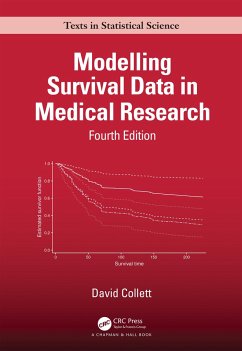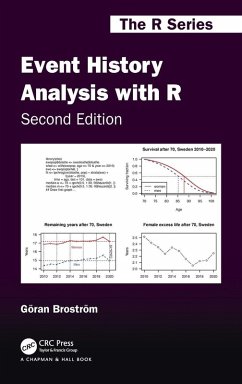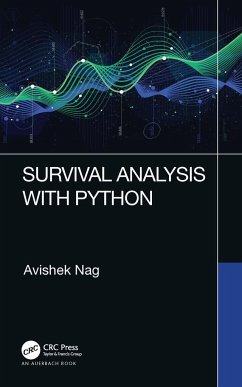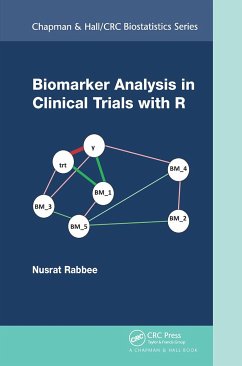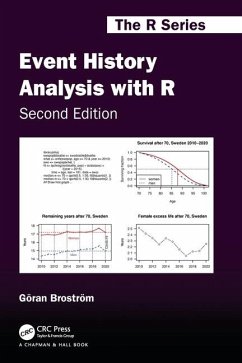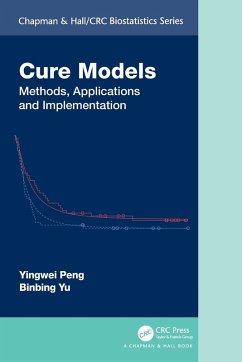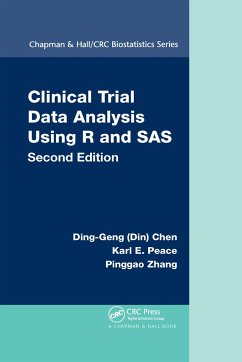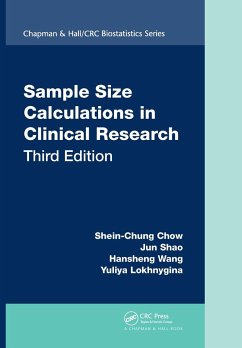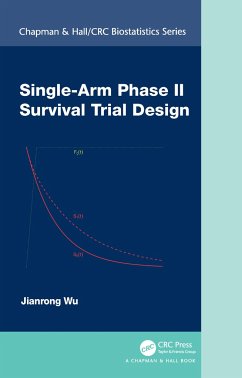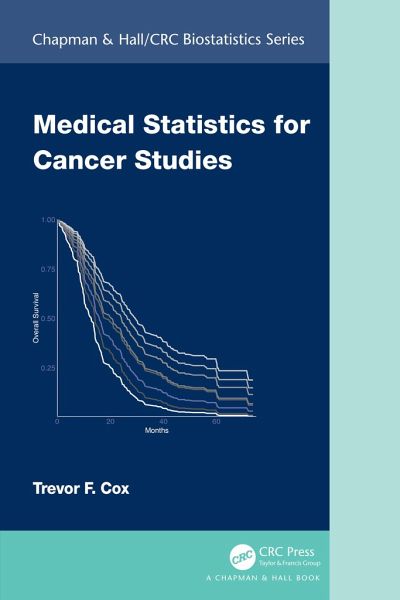
Medical Statistics for Cancer Studies
Versandkostenfrei!
Versandfertig in 6-10 Tagen
96,99 €
inkl. MwSt.
Weitere Ausgaben:

PAYBACK Punkte
48 °P sammeln!
Cancer is a dreaded disease. One in two people will be diagnosed with cancer within their lifetime. Medical Statistics for Cancer Studies shows how cancer data can be analysed in a variety of ways, covering cancer clinical trial data, epidemiological data, biological data, and genetic data. It gives some background in cancer biology and genetics, followed by detailed overviews of survival analysis, clinical trials, regression analysis, epidemiology, meta-analysis, biomarkers, and cancer informatics. It includes lots of examples using real data from the author's many years of experience working...
Cancer is a dreaded disease. One in two people will be diagnosed with cancer within their lifetime. Medical Statistics for Cancer Studies shows how cancer data can be analysed in a variety of ways, covering cancer clinical trial data, epidemiological data, biological data, and genetic data. It gives some background in cancer biology and genetics, followed by detailed overviews of survival analysis, clinical trials, regression analysis, epidemiology, meta-analysis, biomarkers, and cancer informatics. It includes lots of examples using real data from the author's many years of experience working in a cancer clinical trials unit.
Features:
A broad and accessible overview of statistical methods in cancer researchNecessary background in cancer biology and geneticsDetails of statistical methodology with minimal algebraMany examples using real data from cancer clinical trialsAppendix giving statistics revision.
Features:
A broad and accessible overview of statistical methods in cancer researchNecessary background in cancer biology and geneticsDetails of statistical methodology with minimal algebraMany examples using real data from cancer clinical trialsAppendix giving statistics revision.






